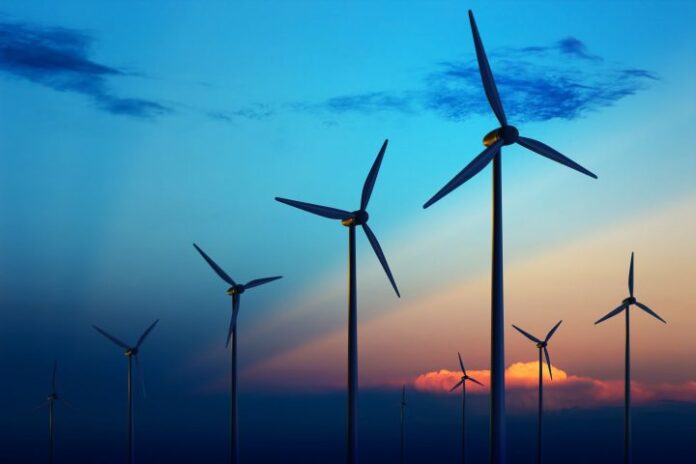Enterprise internet of things solutions are all about creating efficiencies – using data and smart devices to do more and better work while consuming less resources. And as the IoT leads digital transformation initiatives in myriad verticals, water and energy management can benefit not only in current operational aspect, but also in long-term ways that foster sustainability.
Our current energy management systems are inadequate. Atmospheric concentrations of greenhouse gases are estimated to reach almost 685 parts per million by 2050, well above the concentration level of 450 ppm required to have at least a 50% chance of stabilizing the climate at a 2 degrees Celsius global average temperature increase, the goal set at the 2010 United Nations Framework Convention on Climate Change in Cancún, Mexico. The widespread deployment of enterprise IoT technologies will have a hand in helping reducing our current energy usage and get us closer to more sustainable levels.
The average cost to deploy a basic building management system is at least $2.50 per square foot and can be as high as $7 per square foot, equivalent to at least $250,000 for a 100,000-square-foot building. The high cost of traditional BMS means a return in investment is a challenge for all but the largest buildings; often it takes at least four years to recover the cost of a BMS installation. Low ROI limits the willingness of owners to invest in BMS deployments in more than 90% of buildings. Now, thanks to IoT, those capital expense costs are significantly decreased and continue to become more affordable. The industrial internet of things, with its low-powered networks and expected inexpensive sensors, is helping to keep smart building costs down. According to Buildings, adding IIoT-based controls and monitoring to a building can cost from just $5,000 to $50,000. Intel says an IoT-based approach using wireless sensors can reduce deployment cost by around 30% when compared to a traditional BMS.
On a macro level, our aging infrastructure is struggling to support increasing demand. Grids worked using a one way interaction and had difficultly responding to energy demands. The smart grid introduces two-way communication where electricity and information can be exchanged between the utility and its customers. New tools and technologies can start working together to make grid more efficient, reliable, secure and environmentally friendly. This communication between sources of power, power plants and homes allows renewable energy sources, with variable power production to more efficiently be linked to a power source.
On the water management front, by 2050 the world’s population is forecast to reach 9.7 billion, and 11.2 billion by 2100, according to the United Nations. Unfortunately, only 3% of the world’s water is fresh and two-thirds of that small percentage is not accessible. With increased use of water pollutants and poor water treatment in developing countries, 2.4 billion people are exposed to disease such as cholera and typhoid fever, and 2 million people, mostly children, die every year from diarrheal diseases alone. At our current level of water management, two-thirds of the world’s population could face water shortages by 2025.
That trend is not being helped by the fundamental flaws in our water management systems that result in the loss of millions of gallons of water every year. Those loses can be minimized by using enterprise IoT solutions.
Agriculture is, by far, the biggest user (and waster) of water in the world. Farmers use 70% of the world’s freshwater, but 60% of it is wasted due to leaky irrigation systems, inefficient applications methods and the cultivation of thirsty crops, according to the World Wildlife Fund. The deployment of sensors and actuators provides farmers with increased visibility over their operation, allowing them to optimize their water usage and minimize waste by assessing a number of metrics including temperature, water pressure and quality.
Smart metering can provide data in order to optimize water usage. More intelligent systems are especially needed in the United States. The American Society for Civil Engineers gave the U.S. drinking water infrastructure a grade of “D” in its “2013 Report Card for America’s Infrastructure,” stating there are 240,000 water main breaks per year. And we’re still using antiquated “technology” in much of the sector. With smart metering individual tenants and water utility companies are able to assess water bills and find out whether the systems in use are adding extra costs due to leaks or ineffective metering.
The important topic of furthering sustainability in the water and energy management sectors one of several important topics that will be highlighted by industry leaders at the upcoming Enterprise IoT Summit in Austin, Texas, March 28 and 29. To learn more about the Enterprise IoT Summit, including programming and registration details, click here.

